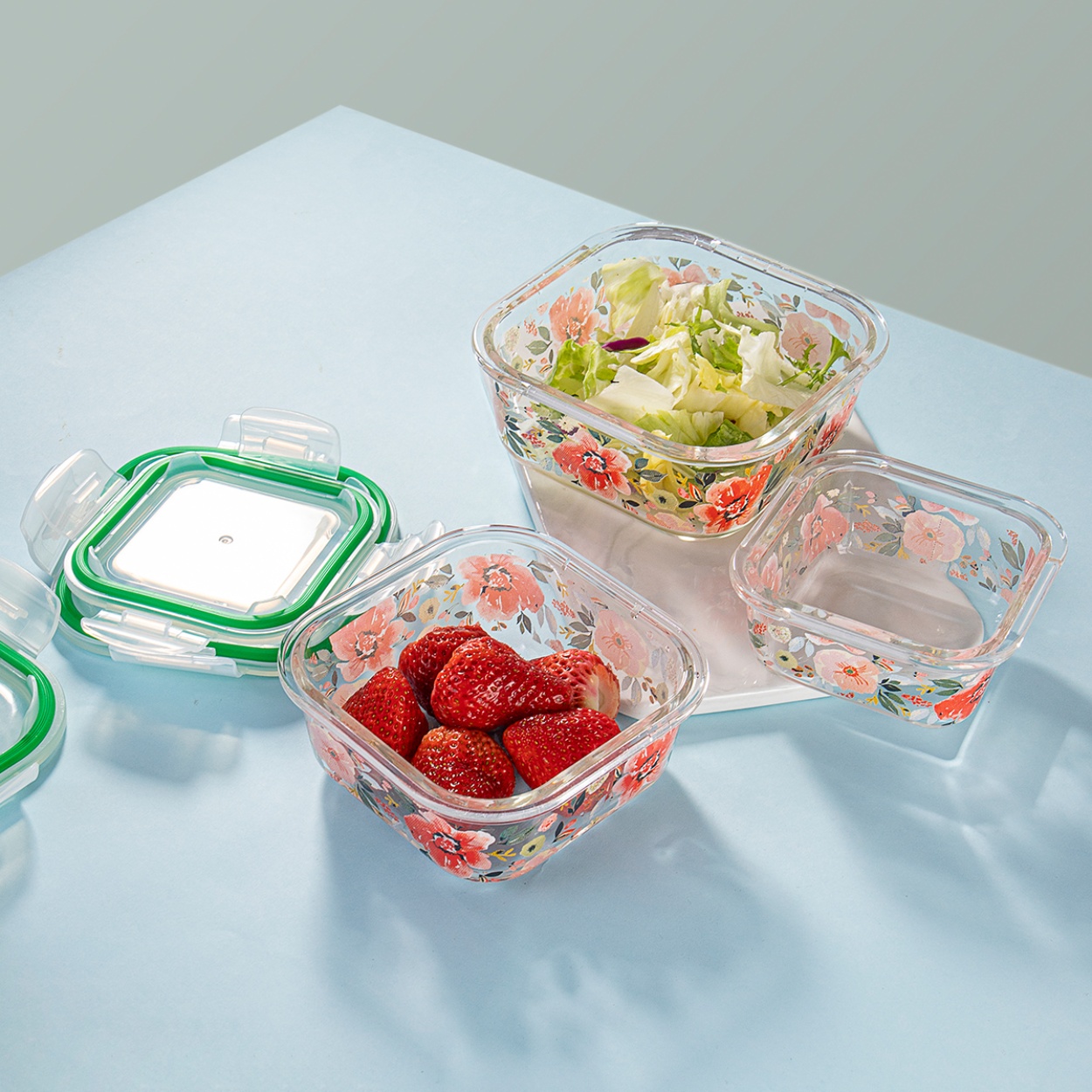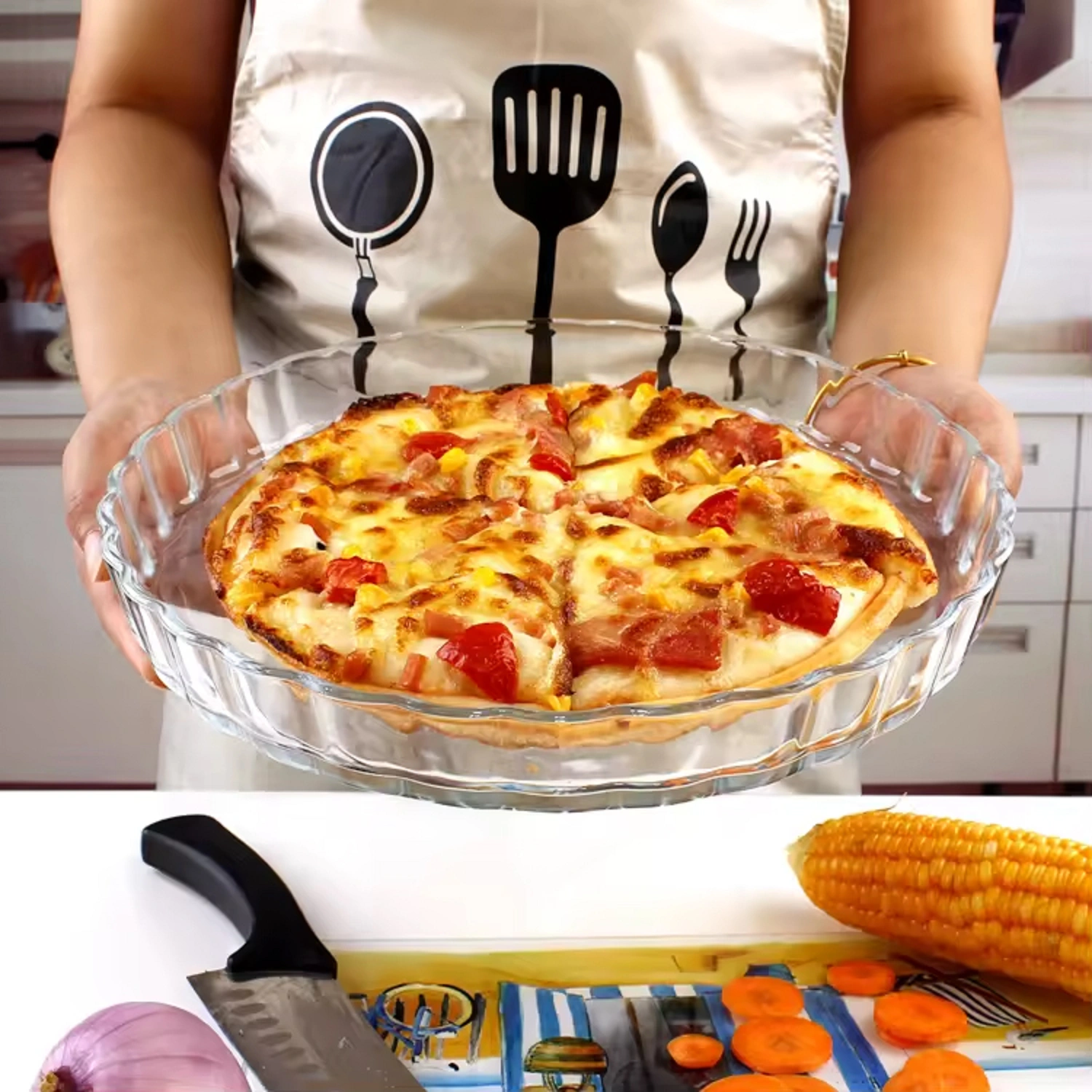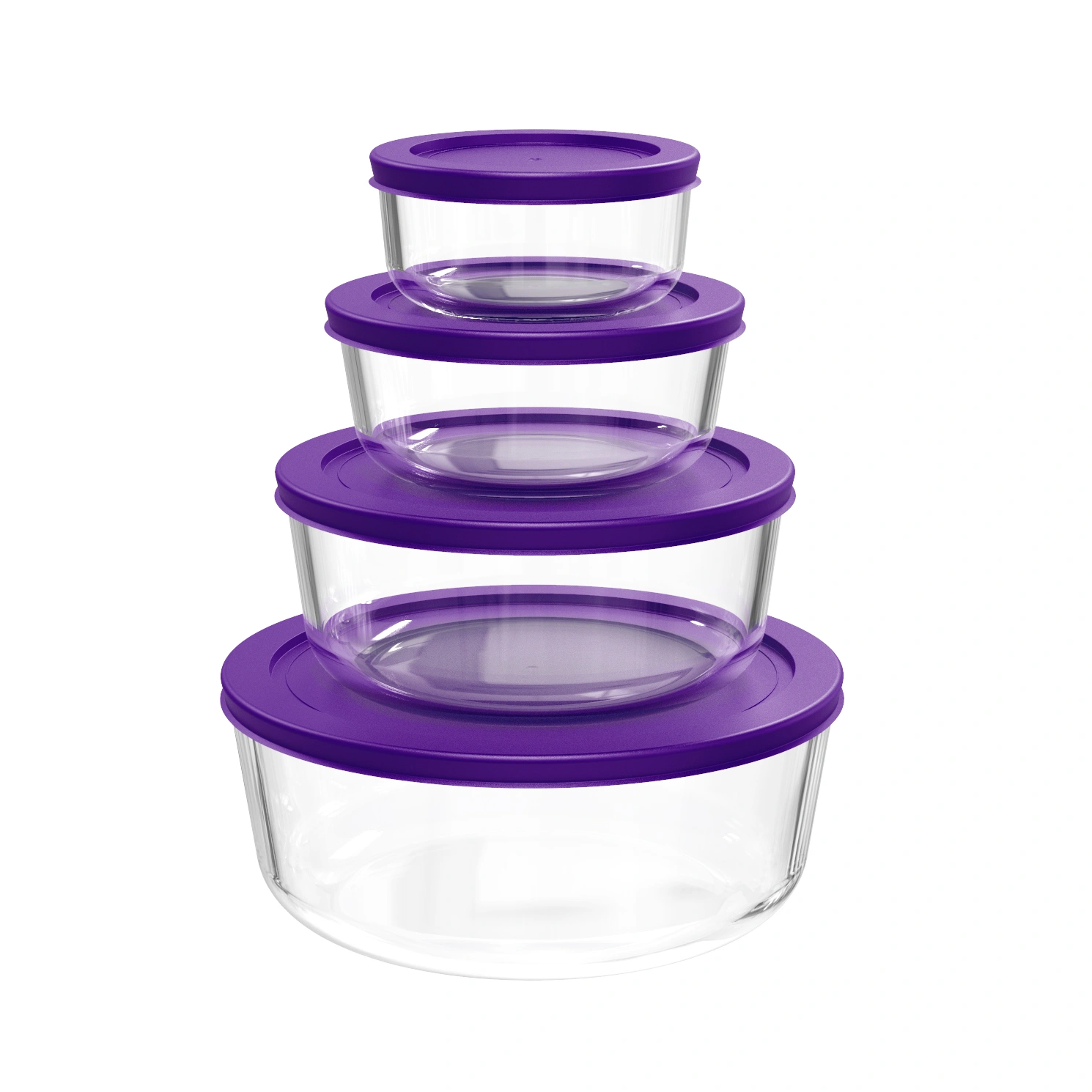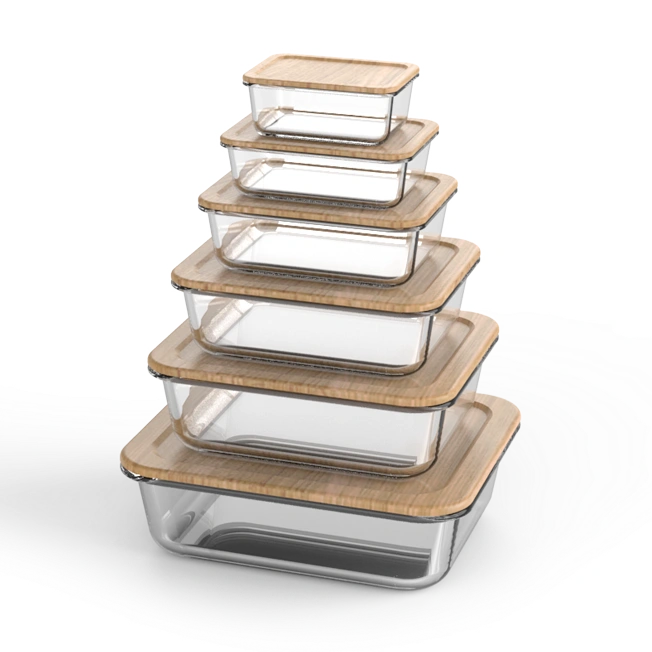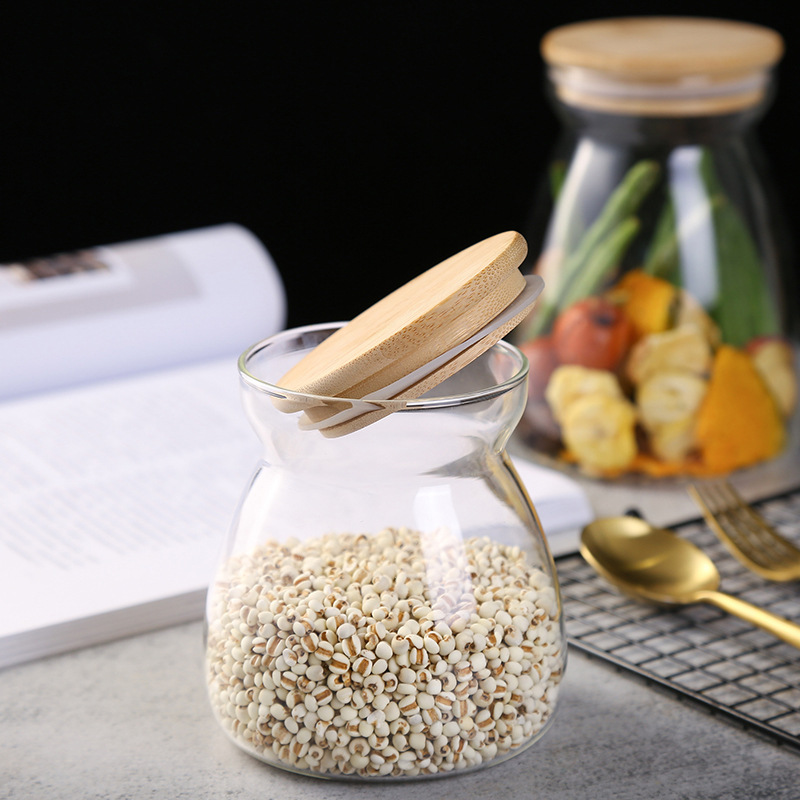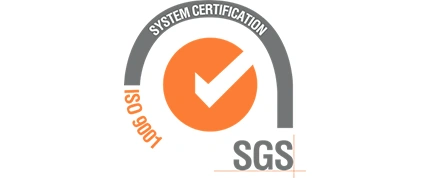How To Print On Glassware?
Table of Contents

Paul Ren
Hello! I’m Paul, the Senior Sales of Canzo Glassware. With 18 years of experience in the glassware industry, I’m excited to share some insights from our perspective as a China glassware manufacturer. Today, we’re diving into a common question: How to pint on glassware?
A Complete Guide to Printing on Glassware
Printing on glassware requires a careful selection of materials, techniques, and processes to ensure the best results. Whether you’re working on glass for decoration, branding, or functionality, understanding the methods available—decal printing, screen printing, digital printing, and frit printing—is essential. Each technique has unique advantages and limitations that make it suitable for specific applications.
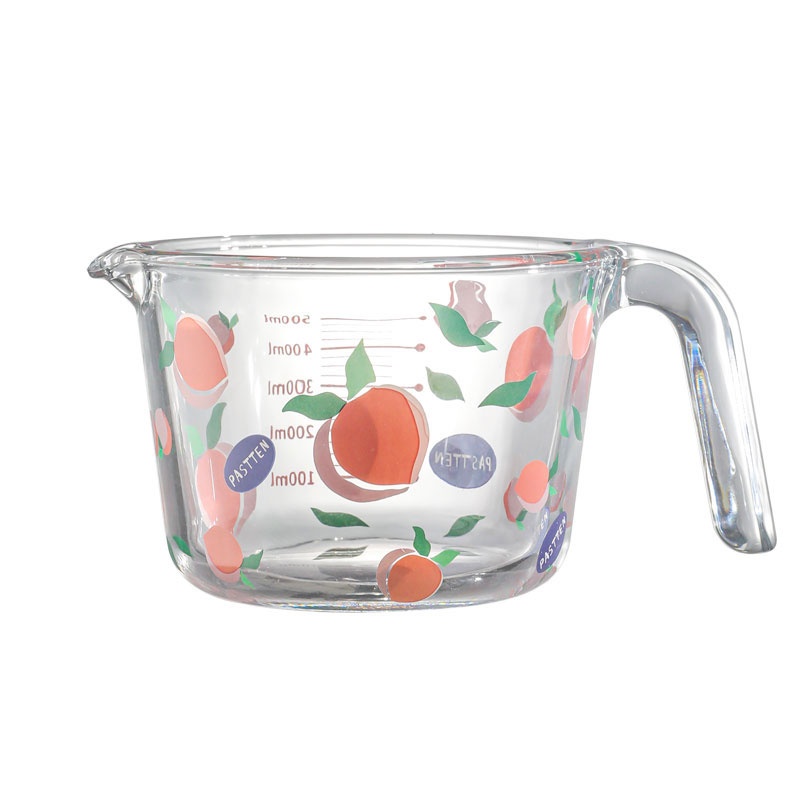
Why Choose the Right Glassware Printing Technique?
When it comes to custom glassware printing, several factors influence success. Glass type, tint, ink properties, curing processes, and environmental conditions all play a role. However, the printing method you choose is the cornerstone of your project. We break down four primary techniques, helping you understand their benefits and applications so you can make an informed decision.
Decal Printing on Glassware
Decal printing offers a flexible and accessible way to add intricate designs to glassware. This method involves transferring a pre-printed design onto the glass surface, followed by firing it in a kiln to set the ink. Decal printing is ideal for small production runs or highly detailed, multicolored designs. It works well on curved and irregular surfaces, making it perfect for decorative or limited-edition products. However, its durability is lower compared to other methods, and it may not withstand extreme environmental conditions.
Screen Printing on Glassware
Screen printing is a traditional and reliable method for glass printing. This process involves pressing ink through a mesh stencil onto the glass surface. It’s a robust option, especially when durability is essential. Screen printing works for high-volume production and is compatible with a wide range of shapes and sizes. However, it’s worth noting that each design variation requires creating a new stencil, which can increase costs and lead times. This makes screen printing less flexible for rapid design changes.
Digital Printing on Glassware
Digital printing is revolutionizing the glassware printing industry. Using a process similar to inkjet printing, digital printing requires only a digital file of the design. This method offers incredible flexibility, allowing for quick design changes and eliminating the need for stencils. Digital printing excels in prototyping and achieving faster production times. It can print multiple colors simultaneously, but thinner inks mean multiple layers may be necessary to achieve opacity, especially for lighter colors. As the technology evolves, digital printing continues to expand its range of compatible inks and applications.
Frit Printing on Glassware
Frit printing is the most durable method available for glassware. It involves applying powdered-glass ink via screen printing, followed by curing during the heat tempering process. The ink fuses with the glass, creating a finish that resists scratches and environmental wear. Frit printing is perfect for industrial, defense, and outdoor applications, but it comes with higher costs and limited color options—typically black, white, and shades of gray. Additionally, this method is best suited for heat-tempered glassware with a minimum thickness of 2mm, making it unsuitable for chemically-strengthened glass.
Conclusion
Choosing the right printing method for your borosilicate glassware project depends on your specific needs, such as durability, design complexity, and production scale. At Canzo Glassware, we specialize in helping you navigate these options, from prototyping to final production. Whether you need the intricate details of decal printing, the robustness of screen printing, the flexibility of digital printing, or the durability of frit printing, we are here to guide you every step of the way. Let’s collaborate to make your glassware printing project a success.
Newest Blog
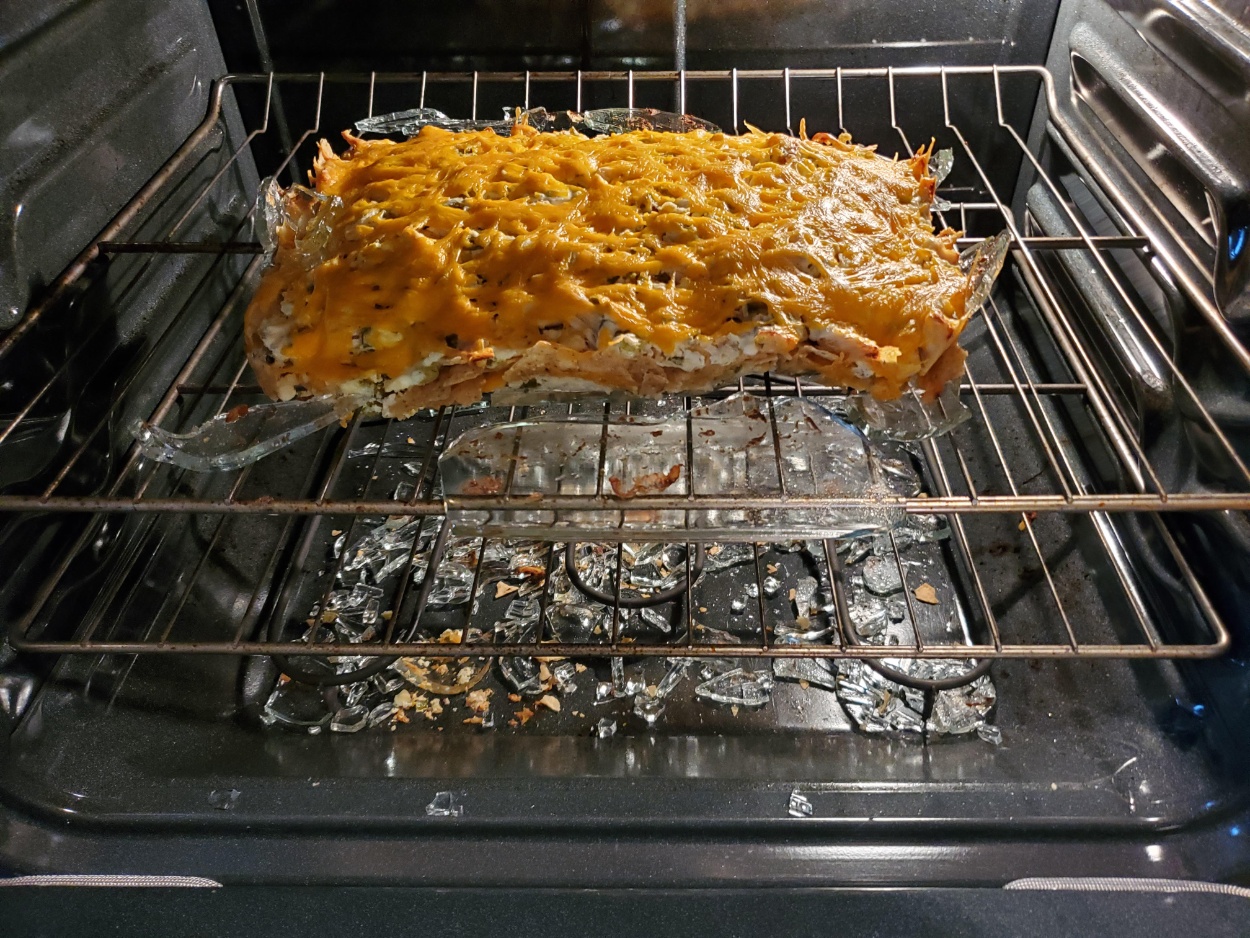
Is Glass Safe In The Oven?
Whether you’re a home cook or a business owner sourcing from a glass lunch box factory, understanding the nuances of oven-safe glass is crucial. We’ll explore the world of durable and reliable custom glass food container options, ensuring you make informed decisions.
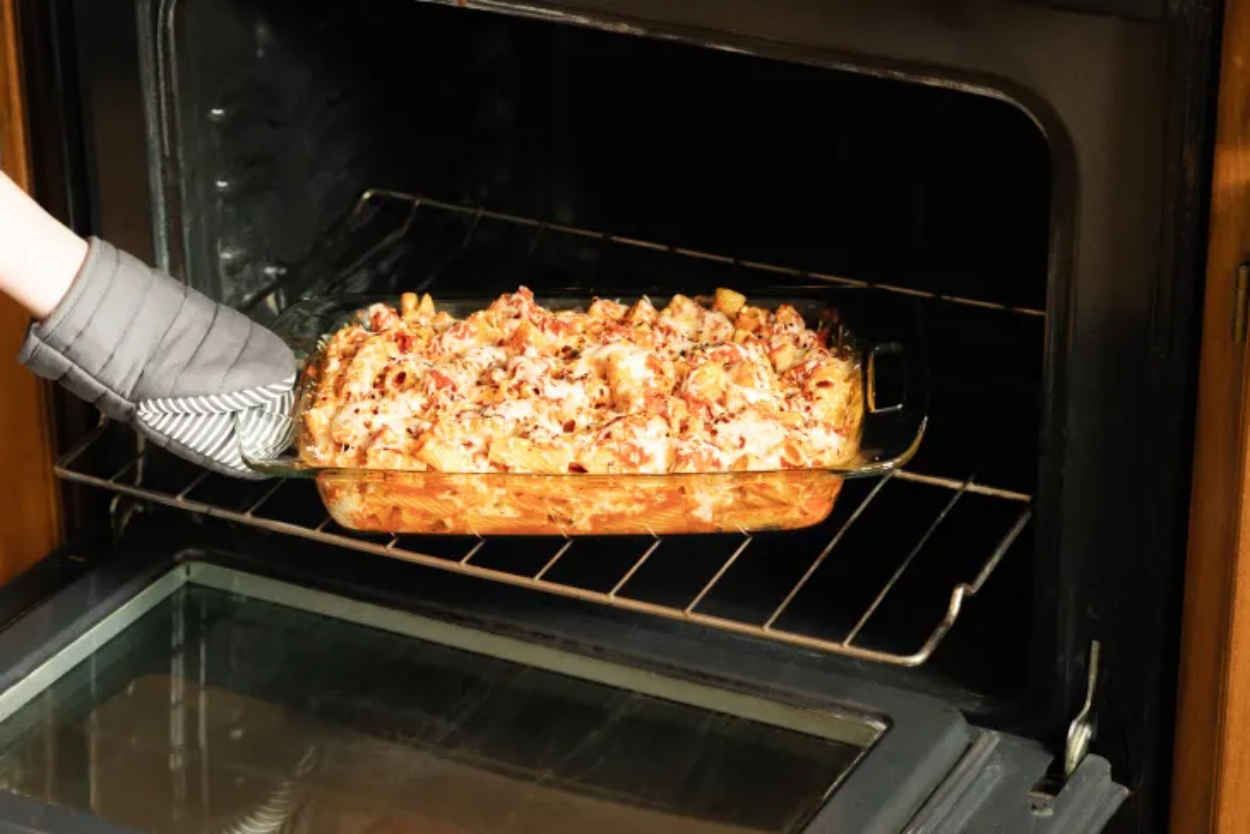
Can You Put Glass In The Oven?
We’ll explore why choosing the right type of glass, particularly from a reliable China glassware factory, is so important, especially if you’re looking for custom glass food storage containers or even a glass lunch box factory.
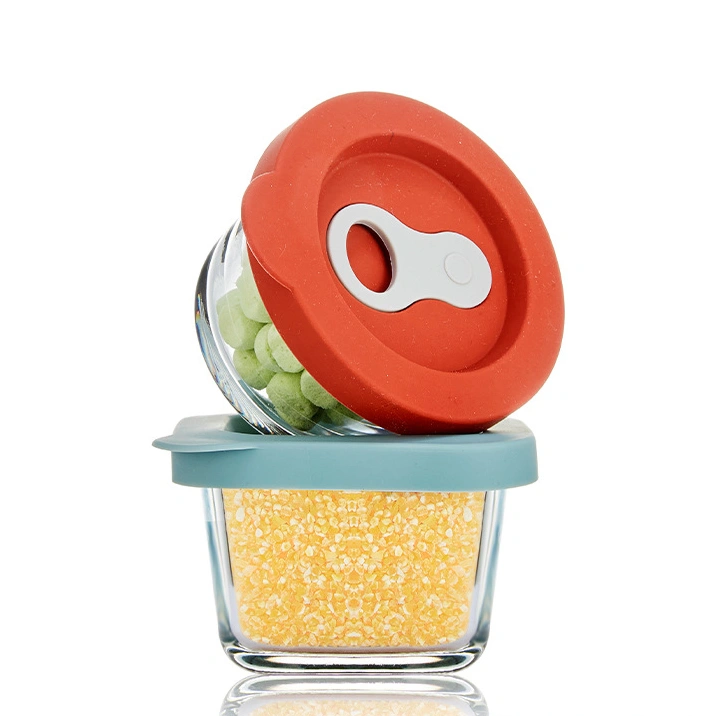
What To Do With Small Glass Containers?
From baby food meal prep, storing leftovers to organizing your craft supplies, small glass containers are super handy!

